Product Consultation
Your email address will not be published. Required fields are marked *
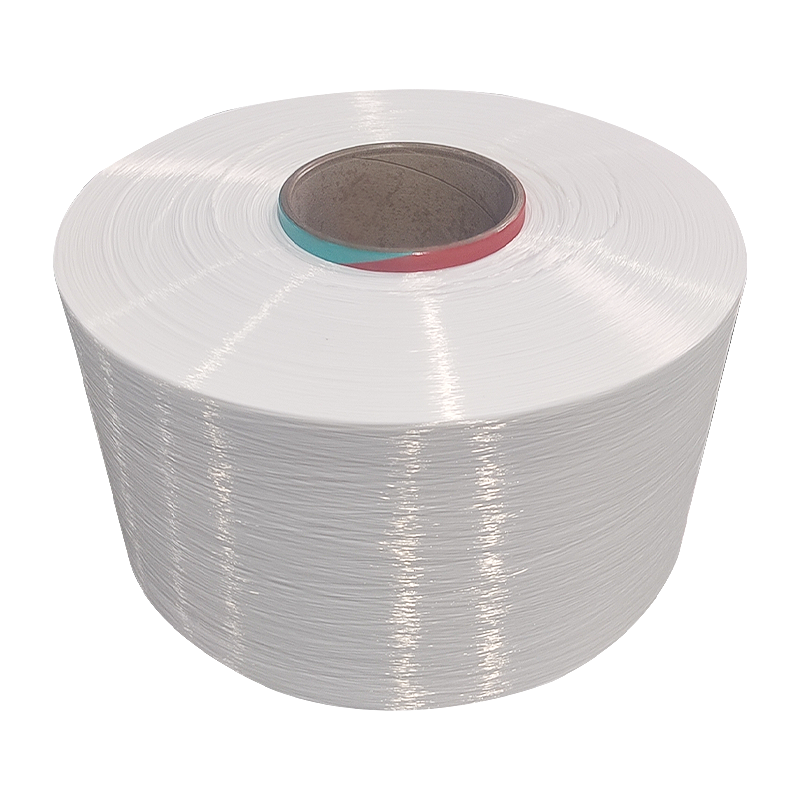
How is nylon mother yarn different from regular nylon yarn?
Dec 25,2025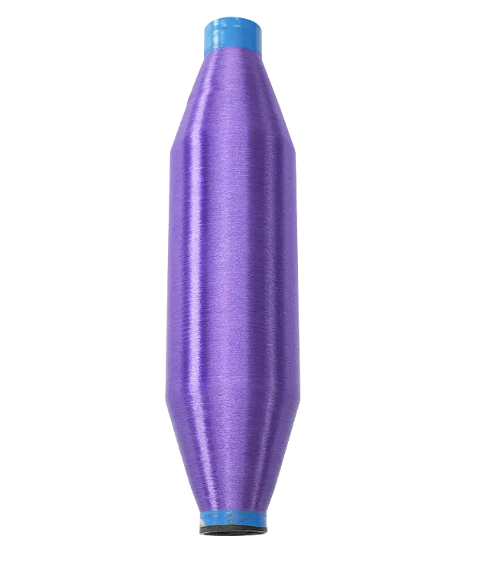
Will biodegradable yarn release harmful substances or cause environmental pollution during the degradation process?
Dec 18,2025
Is nylon mother yarn suitable for high abrasion resistance or high strength applications?
Dec 11,2025Nylon elastic yarn is a synthetic fiber material widely used in the textile field. It is favored by many industries such as clothing manufacturing, sports equipment, and medical supplies for its soft, durable and good elastic properties. Under ideal conditions, the molecular structure of nylon elastic yarn can remain stable and maintain its original elasticity and strength. The arrangement structure of its molecular chains has a certain flexibility and can quickly return to its original state after being subjected to external forces, which is the source of its elasticity. However, when the material is stored in different environmental conditions for a long time, environmental factors may gradually affect its performance, especially the elastic part.
Temperature changes have a significant impact on its performance stability. In an environment with too high or too low temperature, the molecular chains inside the fiber will produce different degrees of thermal stress response. If the temperature is too high, the connection between molecules may gradually weaken, thereby affecting the recovery ability; if it is in an overly cold environment for a long time, the softness of the fiber may decrease and the elastic performance will lag. Although this temperature-induced physical change does not immediately manifest as a significant performance degradation, it may cause the fiber to have a lower resilience than the initial state after a long period of accumulation.
Humidity is also a factor that cannot be ignored. Nylon fibers have a certain degree of hygroscopicity. Long-term exposure to a humid environment may cause the intermolecular hydrogen bond structure to loosen, affecting its structural compactness. If coupled with repeated dry-wet cycles, it may cause fiber fatigue and aging. Even if the surface looks intact, its internal structure may slowly change, resulting in a gradual decrease in stretching and recovery capabilities.
In addition to temperature and humidity conditions, light and oxidation are also influencing factors. When nylon elastic yarn is exposed to sunlight for a long time, especially when exposed to ultraviolet rays, its molecular structure may break or reorganize, causing the fiber to become brittle or weakened in elasticity. Long-term exposure to oxygen may also accelerate its aging process, especially in a storage environment with high temperature and humidity.
Storage methods are also critical. If the yarn is overstretched, squeezed or curled during storage, it may cause uneven internal tension in the yarn, thereby affecting its recovery performance. Especially when stacked or pressed in an unprotected state, it is easy to cause permanent deformation of local fibers, affecting the overall elastic performance.

Are the mechanical properties of low-melt FDY yarn stable at different processing temperatures?
2025-04-15
Does nylon mother yarn have good heat resistance to adapt to high-speed textile processing lines?
2025-04-29Your email address will not be published. Required fields are marked *
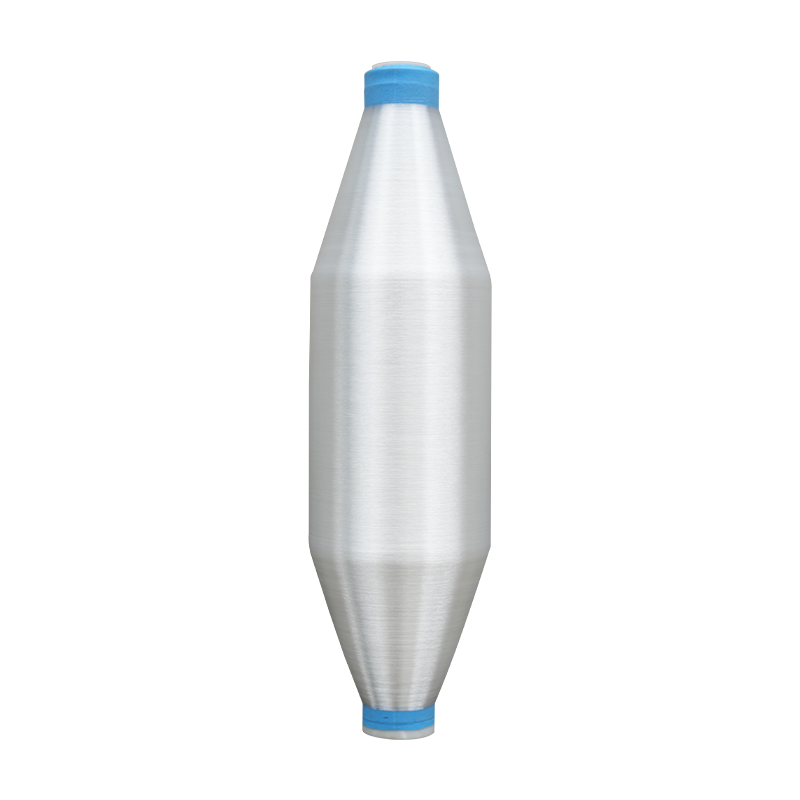
60D woven Antiviral Yarn is thin overall and suitable for making light and soft textiles. Nylon fiber has a soft feel and good breathability. This yarn is usually used to weave fabrics and can be made...
See Details
The diameter of Durable woven nylon mother yarn is 240D, the fiber thickness is medium, and it is suitable for the manufacture of a variety of textiles. This product has good tensile strength and will...
See Details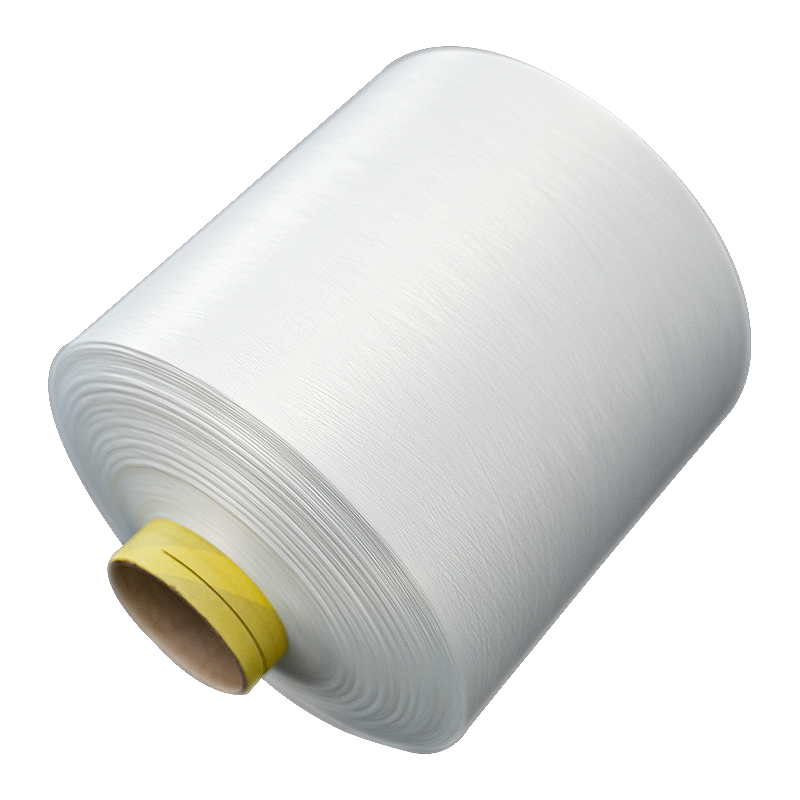
Nylon elastic yarn for textile use has a wide range of applications. Nylon elastic yarn is suitable for the manufacture of various textiles, such as underwear, socks, sportswear, swimwear, elastic fab...
See Details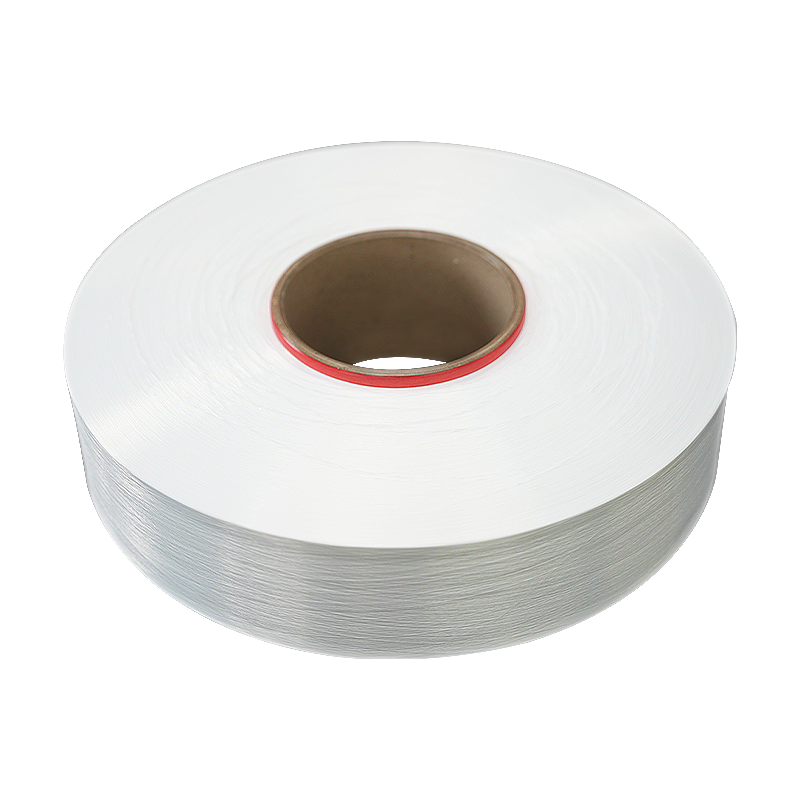
Polyester blended FDY yarn is a standard 50D yarn made from a blend of polyester and nylon. It combines the characteristics of both fibers and has durability and breathability. It has a wide range of ...
See Details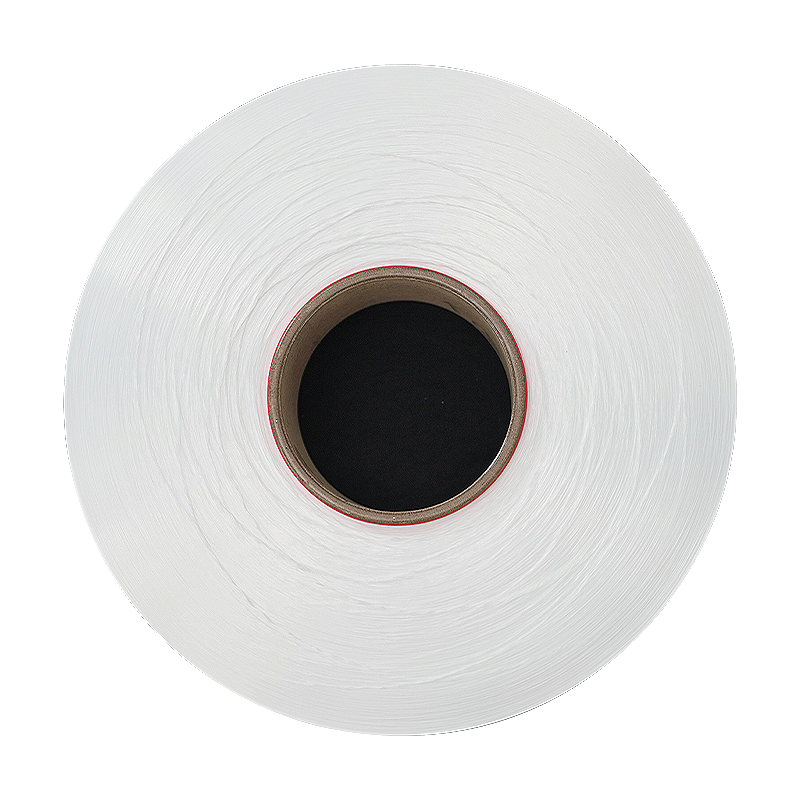
Fully stretched polyester blended yarn is made of a blend of polyester and nylon. Polyester itself has good wear resistance. After full stretch processing, the strength and softness of the yarn increa...
See Details
Low-melt textile FDY yarn can bond with other fibers at a certain temperature to form a strong fabric structure. This property makes it ideal for manufacturing synthetic or reinforced fabrics. This ki...
See Details
140D Durable low-melt FDY yarn is suitable for the manufacture of various textiles, especially for the preparation of composite fabrics, such as polyester-cotton blended fabrics or elastic fabrics. Th...
See Details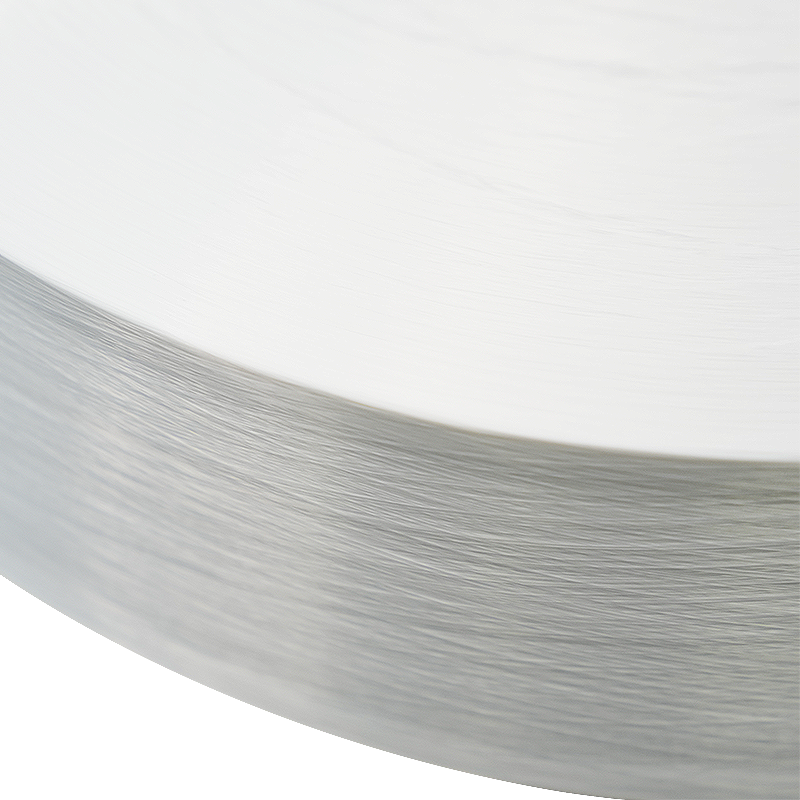
Cooling brushed durable FDY yarn has high durability and is suitable for manufacturing textiles that require wear resistance and durability. It is not easy to wear out after long-term use. Textiles of...
See Details
210D Permanent Cooling FDY Yarn is suitable for the manufacture of various textiles, such as sportswear, outdoor equipment, household items, etc. Textiles made of this material often have good breatha...
See Details
High shrinkage blended polyester yarn has a high shrinkage rate and is suitable for textile manufacturing that requires shrinkage treatment, such as making pleated fabrics or textile shaping. Because ...
See Details
Stretch durable FDY yarn has good elasticity and can return to its original shape after being stressed, giving the textile a comfortable wearing feel and good ductility. It can fit the contours of the...
See Details
The fibers of 210D water-repellent yarn are relatively thick, making the yarn highly wear-resistant and durable, making it suitable for long-term use. Composite fiber enables yarn to have the advantag...
See DetailsAddress: Duntou industrial park, haian county, nantong city,jiangsu province ,China.
TEL: +86 15850491859
E-mail: sales-betty@hsnylon.com
If You Are Interested In Our Products, Please Consult Us